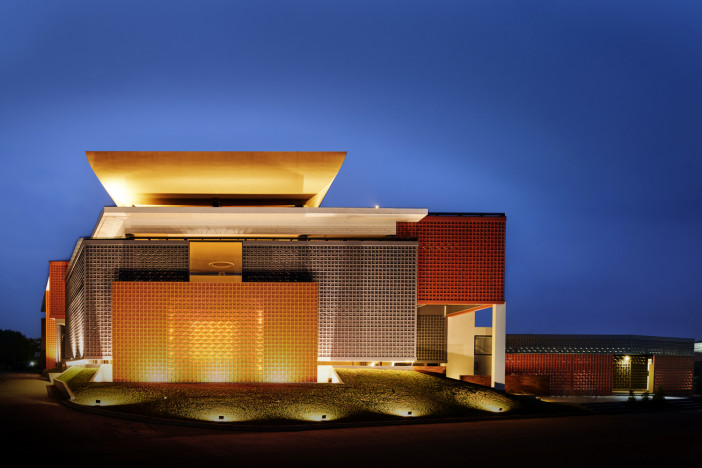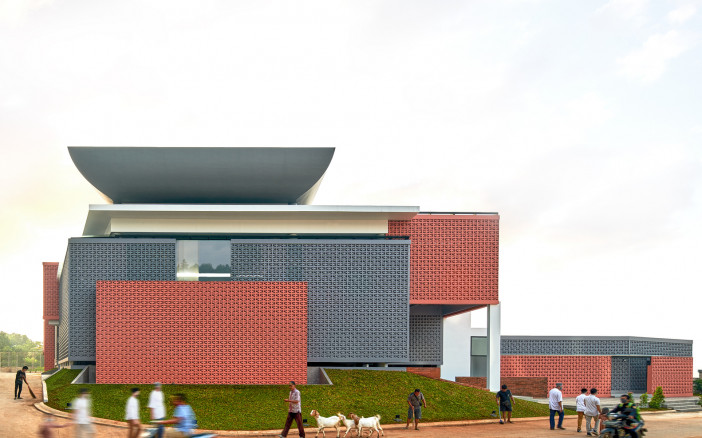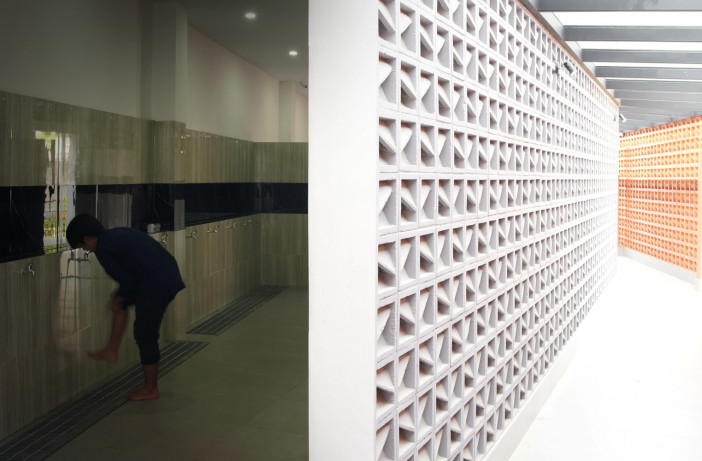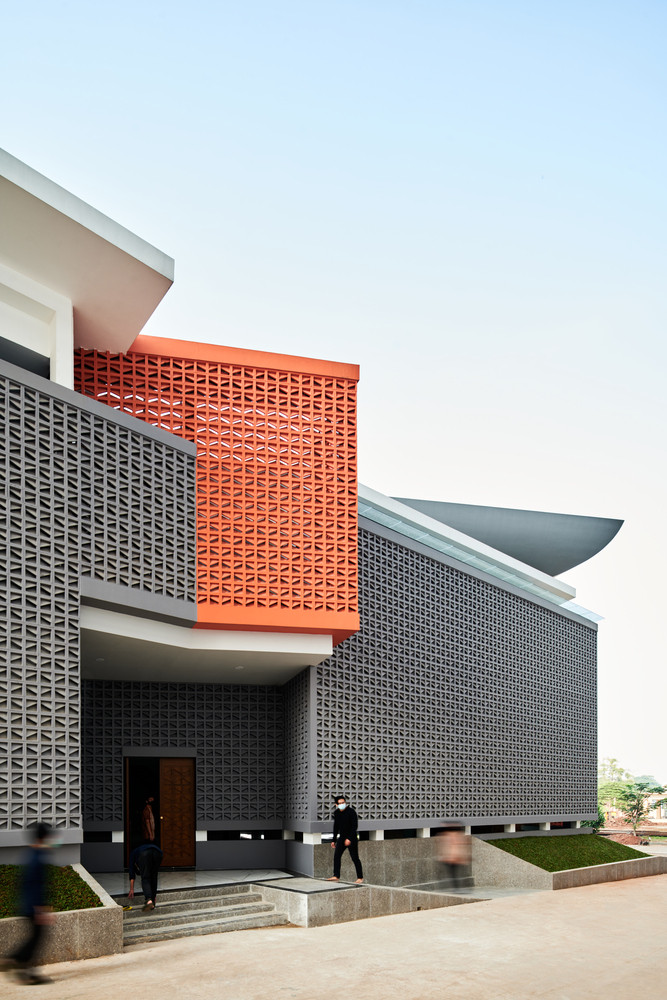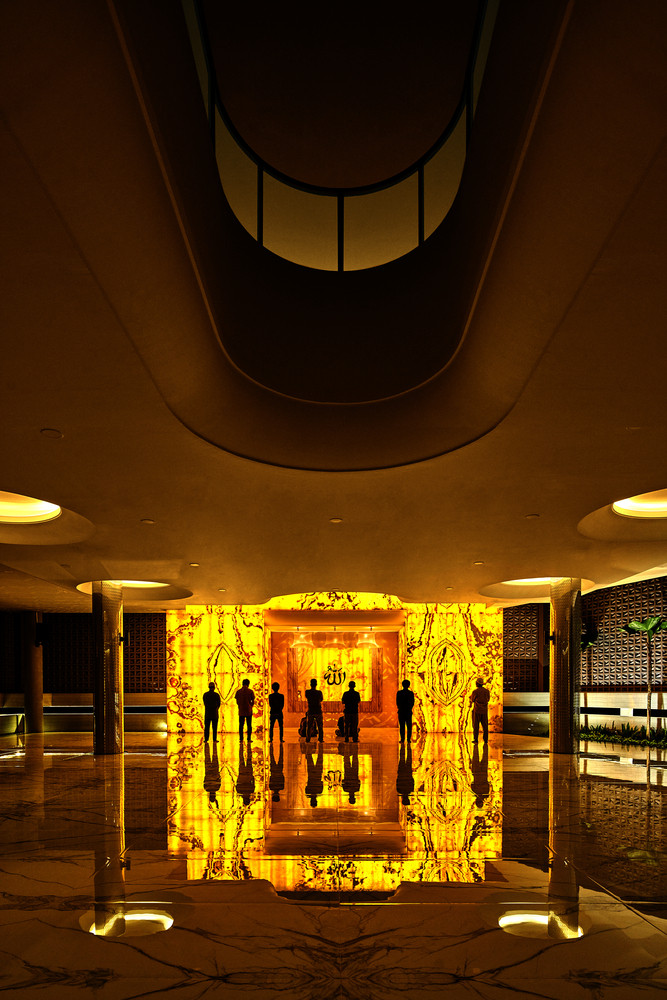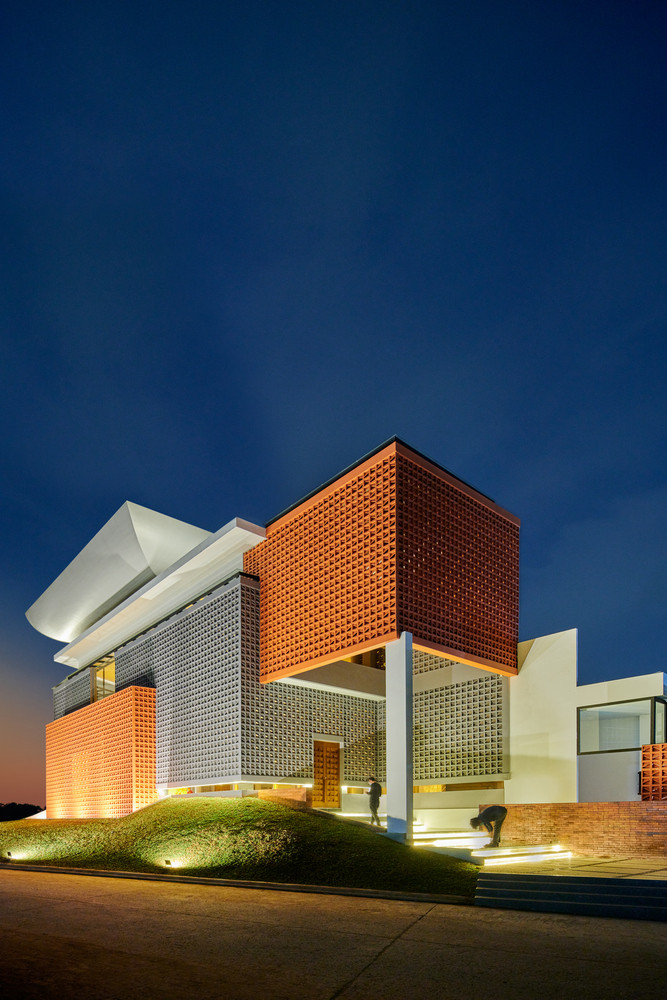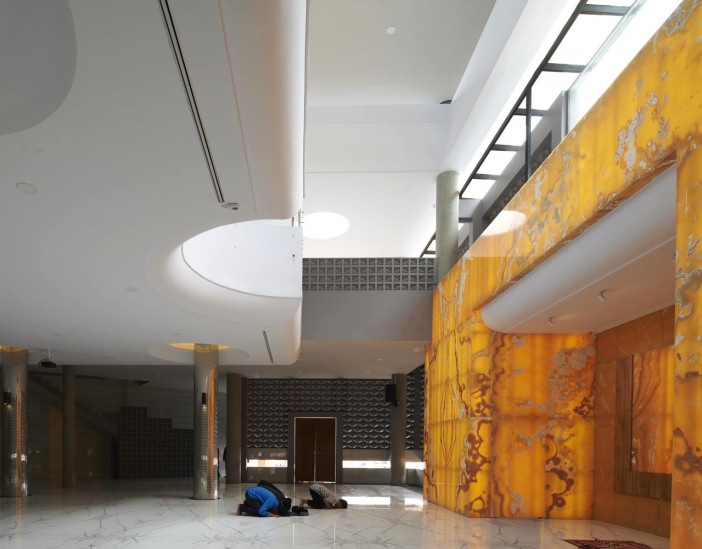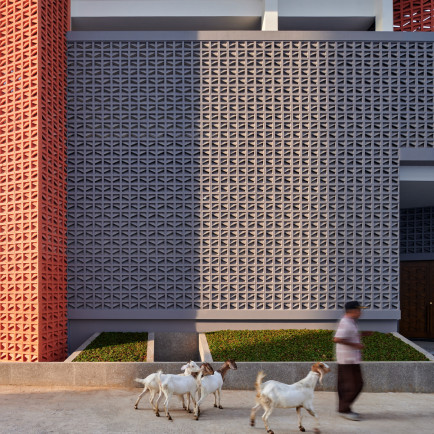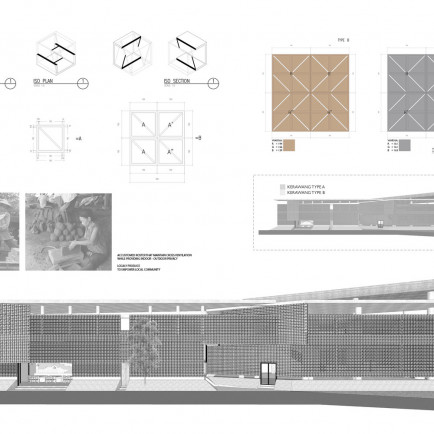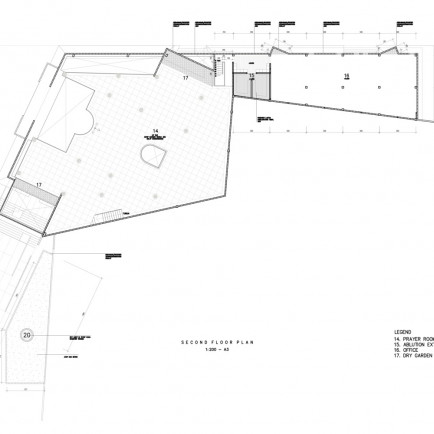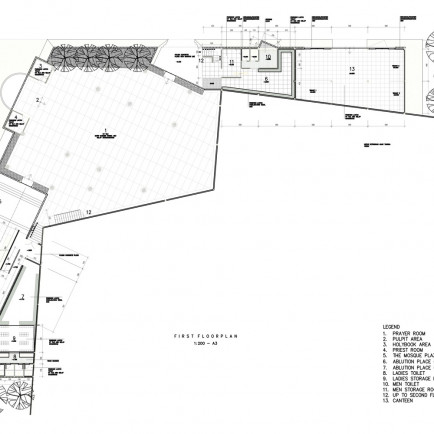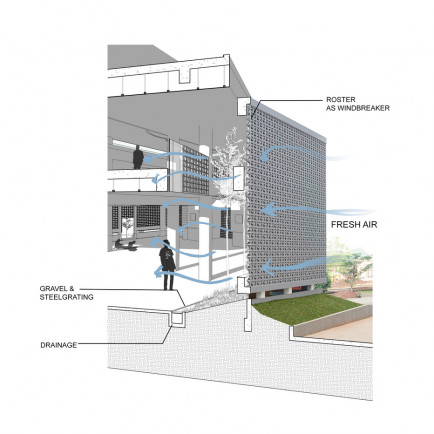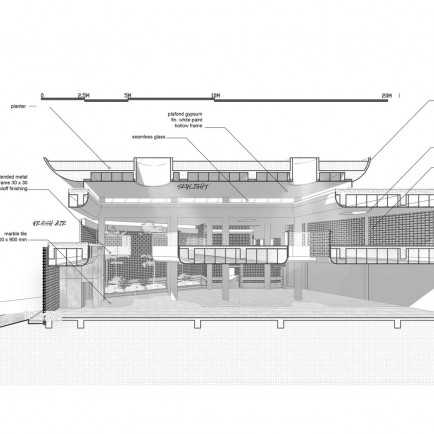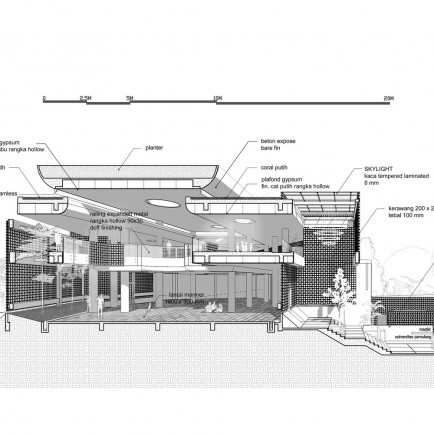Bioclimatic Community Mosque
History
Covid-19 pandemic that hit the world on early 2020 might have impacted every region differently. Indonesia, as a country with the biggest population of Muslim, has more than 1 million of mosque in early quarter of 2020 and growing. With a deep rooted culture and religious background, mosque has performed a deeper function into society that serves more than just a place of worship, oftentimes, it took shape as a community center, meeting place, even for some developing country, a recreational space.
Urban and Architectural
Bioclimatic Community Mosque aims to address the fundamental issues of designing a mosque by distancing itself from the current architectural discussions based on form and focusing solely on the essence of religious space. RAD+ar was experimenting on how the building could breathe 100% natural ventilation system, by creating 3 tiers of stack effect variation and temperature differences and 15m of breathable wall enveloping the space within.
In the middle off construction in January 2020, while the outbreak of Covid happened, RAD+ar has decided to replace 95% of it’s vertical wall elements with 30.000 custom made design of roster bricks. By maintaining the interior temperature within 25 to 28 degrees with the minimum wind speed of 1m/s, design were to create basically a sheltered “outdoor-like” mosque with dynamic clay roster façade walls opening for visual privacy. Although volumetric approach was taken in the form making of the façade, design was taking account of topicality of harsh sunlight and heavy rain, by creating internal garden surrounding the façade and loop of gutter.
Description
Bioclimatic Community Mosque aims to address the fundamental issues of designing a mosque by distancing itself from the current architectural discussions based on form and focusing solely on the essence of religious space.
References
https://www.designverse.com.cn/content/home/article/bioclimatic-community-mosque-of-pamulang-radar
https://www.hhlloo.com/a/Bioclimatic-Community-Mosque-of-Pamulang.html
https://www.worldbuildingsdirectory.com/entries/bioclimatic-mosque-of-pamulang-community/
https://www.archdaily.com/945843/bioclimatic-community-mosque-of-pamulang-rad-plus-ar-research-artistic-design-plus-architecture?ad_medium=office_landing&ad_name=article
Details
Location
Pamulang, South Tangerang City, Banten, Indonesia
Worshippers
1500
Architect Name
Year of Build
2020
Area
1200
Drawings
Map
History
Covid-19 pandemic that hit the world on early 2020 might have impacted every region differently. Indonesia, as a country with the biggest population of Muslim, has more than 1 million of mosque in early quarter of 2020 and growing. With a deep rooted culture and religious background, mosque has performed a deeper function into society that serves more than just a place of worship, oftentimes, it took shape as a community center, meeting place, even for some developing country, a recreational space.
Urban and Architectural
Bioclimatic Community Mosque aims to address the fundamental issues of designing a mosque by distancing itself from the current architectural discussions based on form and focusing solely on the essence of religious space. RAD+ar was experimenting on how the building could breathe 100% natural ventilation system, by creating 3 tiers of stack effect variation and temperature differences and 15m of breathable wall enveloping the space within.
In the middle off construction in January 2020, while the outbreak of Covid happened, RAD+ar has decided to replace 95% of it’s vertical wall elements with 30.000 custom made design of roster bricks. By maintaining the interior temperature within 25 to 28 degrees with the minimum wind speed of 1m/s, design were to create basically a sheltered “outdoor-like” mosque with dynamic clay roster façade walls opening for visual privacy. Although volumetric approach was taken in the form making of the façade, design was taking account of topicality of harsh sunlight and heavy rain, by creating internal garden surrounding the façade and loop of gutter.


